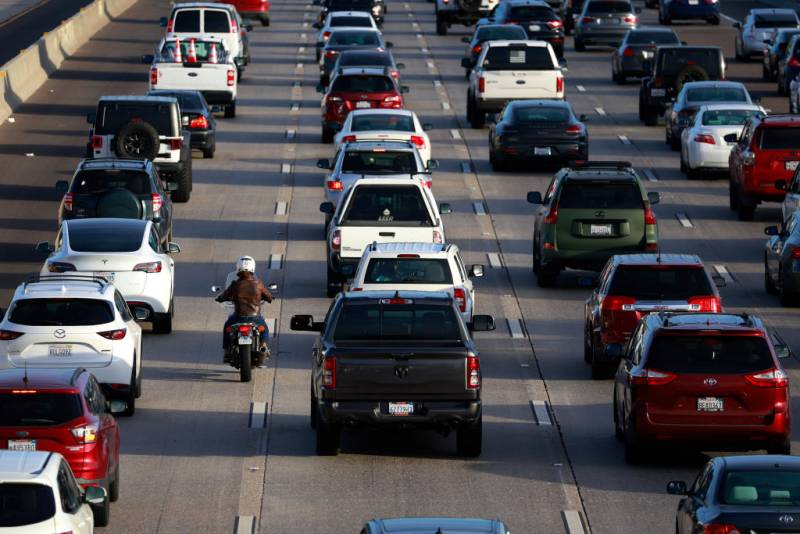Here are the morning’s top stories on Monday, July 8, 2024…
- The state is looking for volunteers to test out a system that could be the future of how we pay for highways and other transportation needs in California. The idea is a road charge. Instead of paying a gas tax, motorists would instead pay a fee for every mile they drive. The more miles traveled, whether just down the road or across the state, the higher the fee or tax.
- A $10 billion bond for California’s schools will go before voters this November. The bond would pay for repairs and upgrades at thousands of K-12 school and community college buildings across California. The state’s school repair fund, which hasn’t been replenished since 2016, is now nearly empty.
California Road Charge Could Replace Gas Tax
On July 1, California raised its state gas tax to 59.6 cents a gallon, a nearly two cent increase. That means if you fill a 12 gallon tank, you’re paying over seven dollars and change to cover the gas tax. The state uses the billions raised from the tax every year to pay for freeway and highway maintenance and new road construction.
But the gas tax faces a reckoning. Newer vehicles are more fuel efficient, meaning less revenue is raised from taxing the fuel that’s pumped into them. Then there’s the growing number of electric vehicles on the roads. Their owners don’t pay a gasoline tax because the cars and trucks don’t use fossil fuels.
Because of this, California is considering a new road charge plan. The idea is that instead of paying a gas tax, motorists would instead pay a fee for every mile they drive. The more miles they travel, the higher the fee or tax. Starting in August, Caltrans is launching a pilot program to test this idea.
Lawmakers Reach Agreement On $10 Billion School Bond
The state Legislature announced a $10 billion bond will go on the November ballot. If approved, it would pay for repairs and upgrades at thousands of K-12 school and community college buildings across California, some of which have languished for years with dry rot, mold, leaks and other hazards due to lack of funds. K-12 schools would get $8.5 billion and $1.5 billion would go to community colleges.

